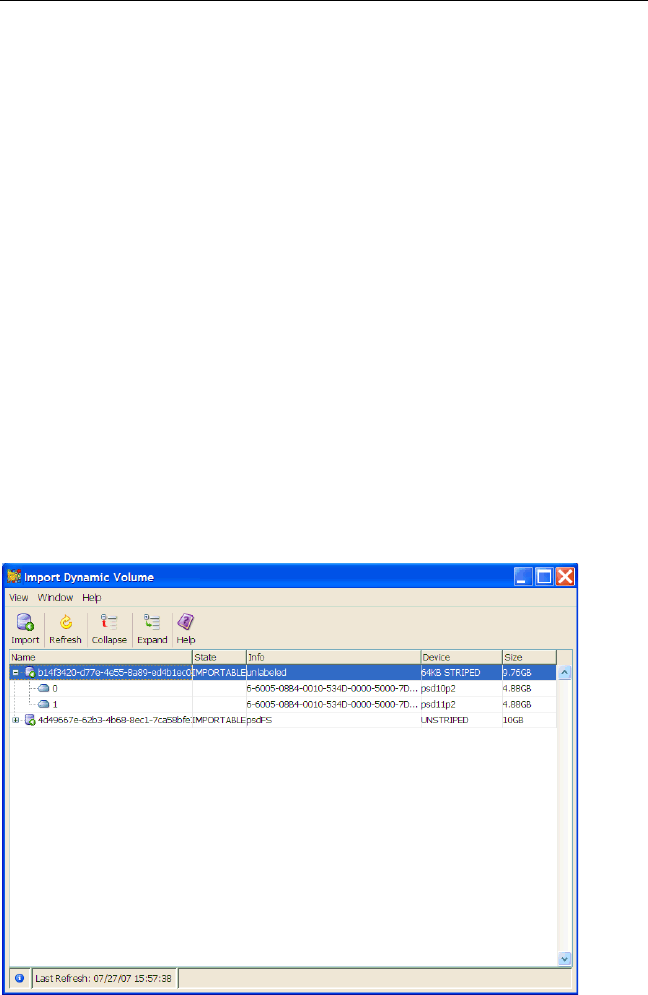HP StorageWorks Clustered File System 3.6.0 Windows Storage Server Edition Administration Guide (403103-005, January 2008)
Table Of Contents
- Contents
- HP Technical Support
- Quick Start Checklist
- Introduction to HP Clustered File System
- Cluster Administration
- Administrative Considerations and Restrictions
- Tested Configuration Limits
- Volume and Filesystem Limits
- User Authentication
- Start the Management Console
- Cluster Management Applications
- The HP CFS Management Console
- View Installed Software
- Start HP Clustered File System
- Stop HP Clustered File System
- Back Up and Restore the Cluster Configuration
- HP Clustered File System Network Port Numbers
- Configure Servers
- Configure Network Interfaces
- Configure the SAN
- Configure Dynamic Volumes
- Configure PSFS Filesystems
- Manage Disk Quotas
- Manage Hardware Snapshots
- Configure Security Features
- Configure Event Notifiers and View Events
- Overview
- Install and Configure the Microsoft SNMP Service
- Cluster Event Viewer
- Configure Event Notifier Services
- Select Events for a Notifier Service
- Configure the SNMP Notifier Service
- Configure the Email Notifier Service
- Configure the Script Notifier Service
- View Configurations from the Command Line
- Test Notifier Services
- Enable or Disable a Notifier Service
- Restore Notifier Event Settings to Default Values
- Import or Export the Notifier Event Settings
- Using Custom Notifier Scripts
- Cluster Operations on the Applications Tab
- Configure Virtual Hosts
- Configure Service Monitors
- Configure Device Monitors
- Advanced Monitor Topics
- SAN Maintenance
- Other Cluster Maintenance
- Management Console Icons
- Index

Chapter 8: Configure Dynamic Volumes 89
Select the dynamic volumes that you want to deport and click the Deport
icon in the toolbar.
To deport dynamic volumes from the command line, use this command:
mx dynvolume deport <volumeName> ...
Import a Dynamic Volume
When a dynamic volume is imported, the unimported LUNs associated
with the volume will be imported and the psv binding, which HP
Clustered File System uses to control access to the dynamic volume, will
be created.
NOTE: When you reimport a dynamic volume, the psv name assigned to
the volume may be different from the psv name used by the
volume before it was deported. HP Clustered File System does not
reserve the psv name originally used by the volume, and may
instead assign it to another volume.
To import a dynamic volume, select Storage > Dynamic Volume > Import
Volume.










